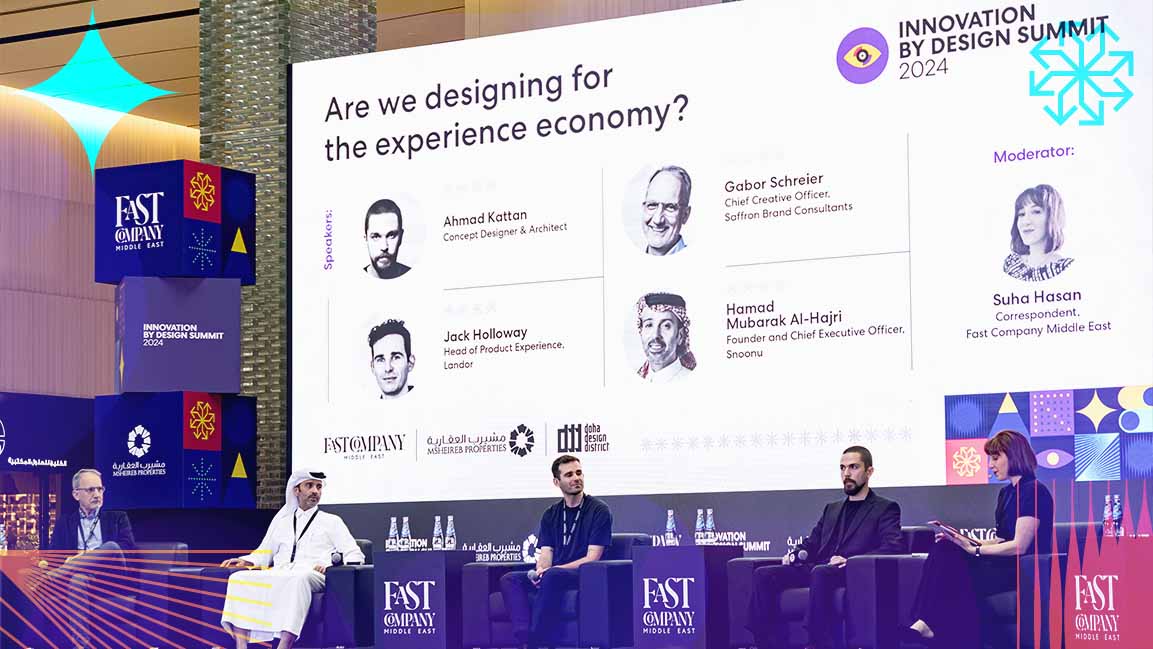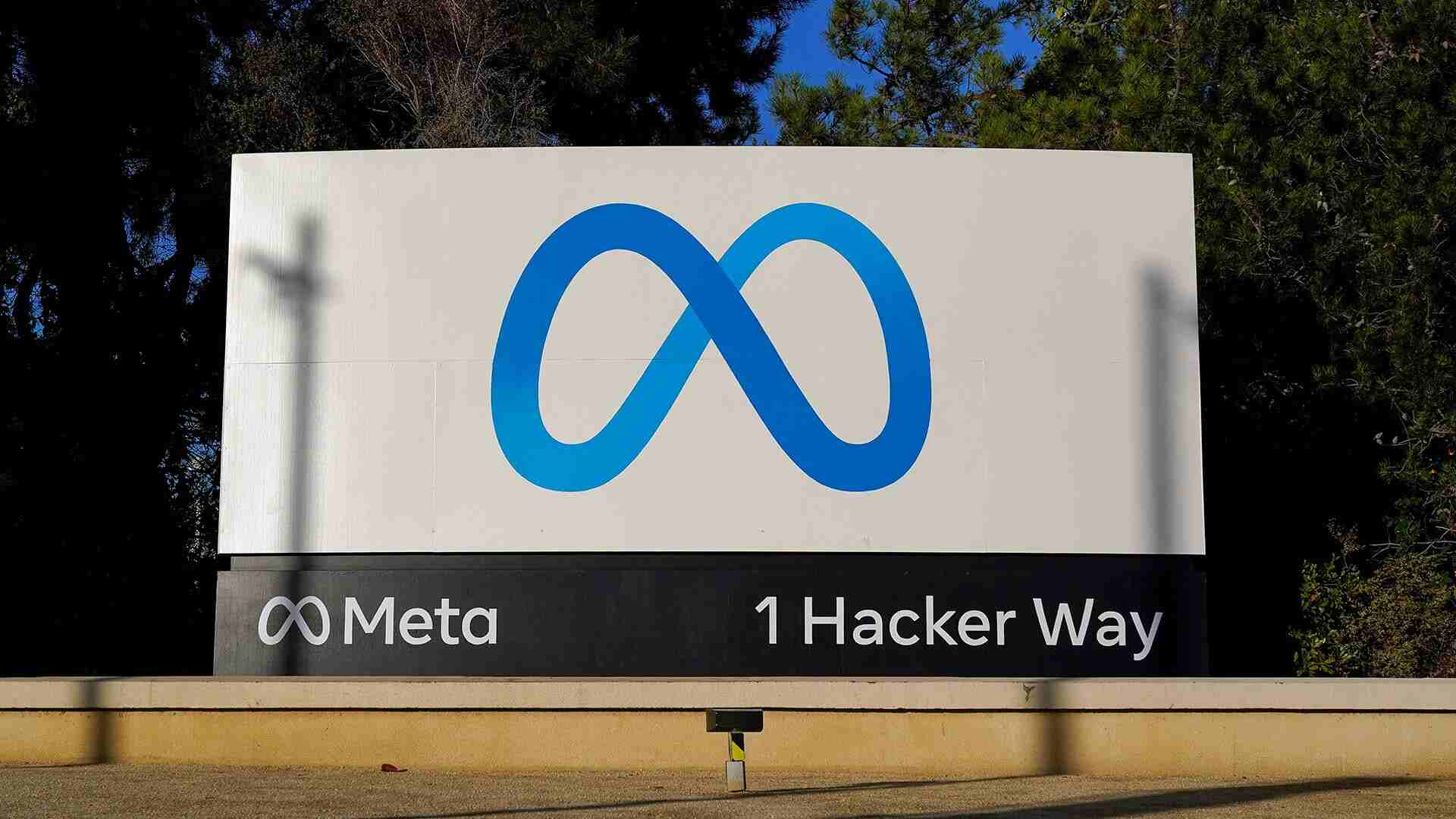- | 10:00 am
Performing Goodness: The rise of ‘ethical theater’ in UX
How to cut through ‘performative goodness’ to build a truly ethical design practice.

Ethics has become a buzzword in the design industry. But what happens when our dedication to ethical “best practices” is nothing more than a performance—a way to spotlight our goodness while masking our harm? If we truly want to challenge the status quo, we need to lift the curtain on ethical theater.
This requires us to examine ethical theater more closely: its causes, symptoms, and how we can mature our practice to avoid it.
DEFINING ETHICAL THEATER
Simply stated, ethical theater is the visible use of so-called ethical best practices to undermine true transformation within our design practice, organization, and, more broadly, the world we design for.
Within design, this can take on many forms. As a research and equity design consultant, I’ve personally always been fascinated by the strategic use of participant diversity to distract design teams from how their research projects can still harm vulnerable and historically marginalized user groups with their inclusion. For example, diversity doesn’t address over-researching, hypervisibility and other forms of research harm unique to these groups. Nor does diversity prevent tokenism like:
- Diversity having a quota (e.g., “out of 10 participants, X should be from an underrepresented group”) rather than challenging who is the majority—and thus default—group we design for.
- Diversity only counting if it is highly visible, thereby excluding participant experiences that might be more contextually relevant (e.g., equity defaulting to racial diversity versus ethnicity, language, class), or aren’t formally acknowledged by societal institutions (e.g., accessibility research defaulting to disabilities that are “diagnosable” and treated by the standard medical system).
- “Diverse” individuals being asked to be spokespeople of “their community” regardless of how intersectional experiences, privilege, personal motivations, etc. can limit the universality of one person’s perspectives in certain problem spaces.
What each of these examples have in common is that they use the concept of diversity to mask the continuation of harmful research practices and frameworks. So, how do we know when our design work is tipping into other forms of ethical theater? Like a play on stage, ethical theater follows a particular script we can learn to spot.
ACT 1: MANUFACTURED CRISIS
Ethical theater often emerges in response to highly visible moments of societal injustice. During the last few years, we’ve seen an onslaught of products and services designed to address the inequity and devastation of COVID-19, climate change, hate crimes, and more. But rather than interpret these issues as one of many examples of the purposeful neglect and cruelty toward certain social groups, design teams label them as an “unforeseen crisis” that requires the unique power of design thinking to address. Designers form books clubs, task forces, and hackathons dedicated to solving this newly discovered issue all the while ignoring the generations of design activists hacking solutions with little institutional support or acknowledgment. Or even worse, designers creating solutions to non-existent problems in the form of what designer Liz Jackson calls “disability dongles.”
ACT 2: PRODUCTIVE IGNORANCE
And yet for all the rush to create ineffectual solutions, there’s no equivalent rush in challenging ways designers engage with critique and alternative, more radical approaches to the design process. One of the biggest barriers to developing a more mature practice is what sociologist Jennifer C. Mueller calls “strategic ignorance.” Mueller observes that ignorance is not the absence of knowledge but instead its own form of “non-knowledge,” which can be used to command resources while also denying liability.
This is common with organizations playing scarcity tactics with equity design initiatives. White designers might claim expertise in gender issues to get buy-in and resources for equity design but then claim because of their race that they have less expertise in women of color and therefore should not be expected to do racial equity work until the team hires designers of color. This leaves leave racial equity issues by the wayside because of prejudice and institutionalized discrimination in the hiring process.
ACT 3: SUPERFICIAL ACCOUNTABILITY
Eventually, any ethical design initiatives that do emerge fail to be sustainable because of a superficial notion of accountability. Important community partners are only brought in at the end to comment but not at the beginning to set the agenda; and outcomes are undefined and tied to inadequate timelines; roles aren’t institutionalized and instead are relegated to a voluntary basis. What few new ideas are adopted still use the status quo as a measuring rod and must fit into pre existing practices and methodologies. They’re reframed to make acceptable.
LIFTING THE CURTAIN OF ETHICAL UX THEATER
We’re trained to believe that, if we care deeply about ethics, we’ve matured our practice. And yet, an openness for new ideas and approaches after recognizing the harmfulness of common industry practices is only the first step for our work to minimize harm and advance the interests of users and communities that have historically been excluded or worse. Because of this, consider the following prompts to think through whether your ethics work is tipping into theater:
- Why are you the right designer (or team) to focus on this particular problem at this particular historical moment?
- What design approaches are considered useless, provocative, and dangerous?
- How are we tracking and ensuring accountability?






































